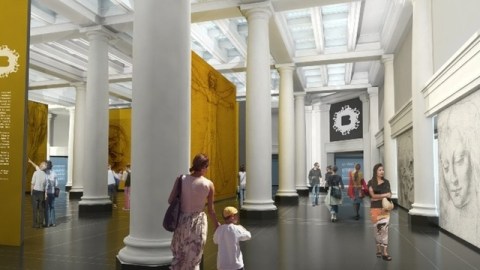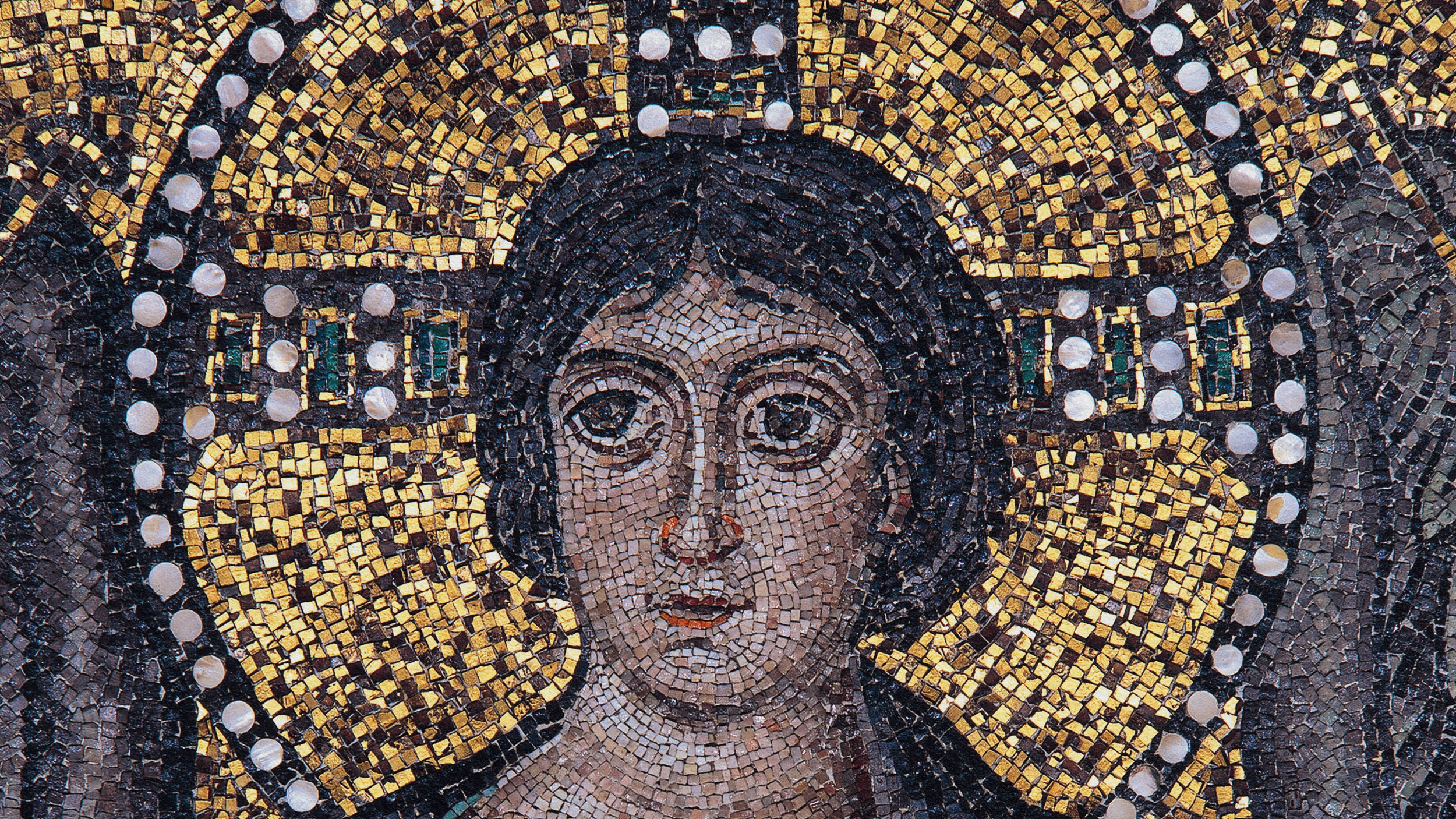Let the Little Children: How to Behave in a Museum

One of the unavoidable realities of going to look at art in a museum is the feeling that you the viewer are being viewed yourself—especially by your fellow patrons. In the current issue of Paper Monument: A Journal of Contemporary Art, Timothy Aubry muses on “How to Behave in an Art Museum.” Aubry wonders what the proper balance of informality and formality might be, and if the typical American is capable of finding that proper balance. As much as adults, especially parents, try to tether children in museums, maybe we have something to learn from how children see the art, see themselves, and behave.
“Very few people leave college these days with the kind of well-developed reverence for high culture that would make it easy to know how to behave in a museum,” Aubry writes. “Most students go to college to learn technological, financial, or managerial skills, and can acquire culture capital outside the traditional ensemble of highbrow pursuits. And those few who do end up majoring in English or art history will likely learn that reverence toward high culture is no longer so fashionable.” Aubry’s cynical view of higher education’s relationship with “high”culture is sadly accurate. He bases his view of reverence as “no longer… fashionable” on contemporary American populism. “Our purported populism has always made us wary of those claiming, by virtue of their position or education, to know better than everyone else,” Aubry claims. Even more striking is how that academic elite has joined in the loss of reverence. “The institutionalization of deconstruction, identity politics, and Marxist criticism, in other words, has replaced the pious attitudes of previous eras with a different set of now-habitual postures: distrust of the canon and the institutions that preserve it,” he explains. Whereas the masses refuse to genuflect elite culture because it allegedly stands above them, the academic “elite” refuses to bow down to cultural authority because modern critical theories train them to.
Although I believe that challenging art through modern critical approaches doesn’t necessarily exclude the possibility of respecting it, I can see where Aubry and others feel that way. It’s a difficult balance to achieve. Many people feel that museums have to be formal places to fit some kind of stereotype. Even an institution as fun and irreverent as The Brooklyn Museum recently refurbished their Great Hall (shown above) to look more like the stereotypical art museum, complete with classical Greek columns. When I think of The Brooklyn Museum, I think of the perfect example of a community museum with extensive outreach through the internet. When I think of The Brooklyn Museum I think of a piece such as Judy Chicago’s mix of irreverence and reverence for art—the “Ladies Only” Last Supper known as The Dinner Party.
Chicago’s feminist statement riffing on Leonardo’s iconic depiction of Jesus Christ’s “dinner party” made my mind roll back to my Catholic childhood. I grew up Catholic. Very Catholic—church every Sunday, school uniform with clip-on tie, nuns, the whole holy deal. I can appreciate now the bipolar nature of our church building. Upstairs, all the ancient trappings ruled—soaring ceiling, stained glass, and scary statues such as the “Sacred Heart” proffering the namesake crimson muscle for your consideration. Downstairs, however, you walked into a physical embodiment of the post-Vatican II, post-Jesus Christ Superstar mindset—colorful, almost cartoonish windows praising peace, love, and understanding; acoustic guitars; and children’s masses with kids doing the readings and leading songs. The side of my school featured the quote from Matthew 19:14: “Jesus said, ‘Let the little children come to me, and do not hinder them, for the kingdom of heaven belongs to such as these.’” When the disciples tried to keep the kids from bothering Jesus, he instead insisted on their entry, saying that they had the right idea on how to enter paradise.
Maybe we should look to the children for the right way to enter the paradise of museums. I’m not saying we (or they) should touch the art. I’m saying we should go in with the same wide-eyed wonder as they do—a mix of curiosity and fearlessness with a healthy dose of admiration. I was told that the church was God’s house, so wipe your feet. If the church was God’s house, that basement was His rec room, a place where we could be ourselves. If museums are culture’s house, then we need to find a space to be ourselves in the same way, but our best selves—the selves we were as children when everything was possible and the world was something we could admire, question, and make whatever we wanted it to be. If we can behave as children in that sense in museums, we never need to worry who’s watching.





